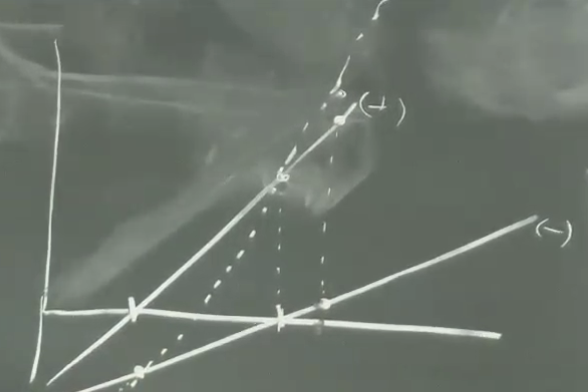Cell Bio Exam 3
1/28
There's no tags or description
Looks like no tags are added yet.
Name | Mastery | Learn | Test | Matching | Spaced |
|---|
No study sessions yet.
29 Terms
microfilament functions (5)
actin
supports cell shape
contractile cell movement (amoeba)
cytokinesis in cell division
transports organelles and vesicles
muscle contraction with myosin
intermediate filament functions (4)
rope-like fibers
lamins support nuclear shape
cell-cell junctions (desmosomes and hemidesmosomes)
tissue integrity (skin, hair, nails)
mechanical resistance to stress (ex. junctions strengthen tissues)
microtubule functions (5)
act as scaffold
transport in the cell via motors
mitosis and meiosis spindles (chromosome separation)
structure and movement in flagella/cilia
organelle positioning
how are actin monomers made
G actin is in the cytosol, SO
free floating ribosome translates mRNA
no signals (NLS, ERSS)
HSP-70 folds in the cyosol
Actin filament growth and formation
formed from 2 protofilaments made from G-actin
+ end fast growing, - slow growing
only add monomers on the end = POLAR
conditions for G-actin to add to protofilament
ATP!! and salt for ionic bonds
G can only bind if ATP is bound
after addition to F, associations w neighboring G’s causes shape change to hydrolyze ATP→ ADP
why can’t you add G’s to middle of protofilament
protein-protein interactions between G’s
H bonds, ionic bonds
each G surrounded by 4 other G’s
Rate limiting step of actin polymerization
nucleation
nucleus is a trimer
needs time to spontaneously form from random diffusion of G’s
dimer unstable until third G adds
Desmosomes
disks
links cells together with cadherins
links to intermediate filaments
Adherens
belt shaped all around the cell
part of it uses cadherin
links to actin filaments
hemidesmosomes
disk shaped
links cells to ECM with integrins
links to intermediate filaments
which cell-cell junctions use cadherin
desmosomes (disks) and adherens (belt)
Which junction uses integrins
Cell-ECM adhesion (hemidesmosomes and focal adhesions)
What are cadherins
IM proteins that bind cells together with homophilic interactions
homophilic: E-cad to E-cad and N-cad to N-cad, N and E don’t bind
cadherins need Ca+ to extend their arms (n term) and bind toe ach other
how do cadherins mediate cell sorting
homophilic interactions: E and N cadherins only bind to like cadherins, so E separates from N
based on E or N concentrations and needs Ca
Integrin structure
alpha and beta dimers in many combos
alpha has S-S bond
bind cell to RGD sequences in ECM with Ca++ (Ca needed to extend to reach ECM proteins)
N term outside, C inside (S-S bonds in the ER, so alpha stays together)
in hemidesmosomes and focal adhesions
heterophilic (alpha-beta)
bind to collagen or fibronectin in the ECM
Fibronectin and integrins
Fibronectin has 2 RGD binding sites per monomer (4 total)
loops so RGD is exposed
integrin binds with Ca++
adherens junctions
Cell-to-cell: attach cells by their actins using cadherin
desmosome structures
disk-shaped, bind adaptor proteins on cytosolic side
actin protofilaments
2 protofilaments, each is a row of G-actin+ADP
twist around each other
Rates of actin polymerization
Kon = # G’s added/total G’s
Koff = # G’s removed/ total G’s
higher total G’s = higher chance
rate = assembly - disassembly
critical concentration
Kon = Koff at critical concentration
treadmilling caused by different CC’s
critical concentration graphs
CC’s are X int’s
+CC lower than -CC (need higher concentration for - end)

2 types of nucleating proteins and which ends they bind
Arp23 (branching): binds - end of new F or new branch
Formin (linear): binds + end
Arp23 complex
Arp2 and Arp3 bind together in a complex with accessory proteins
mimic + end as a nucleus, caps the - end so won’t decay below -CC
skips nucleation → create an F rn
can bind at 70° on formed F’s for branches
Branched Arp23
branches add more strength and stability
bind at 70°
formins
formin dimer donut + formin whiskers
whiskers have profilin that grabs ATP and G’s
myosin II and V structure
both two heads
lever arm (light chains)
2 for II, 6 for V
alpha-helicial coiled coil tails
II longer (bipolar filaments, tails bind together)
V binds cargo
ADP release of II and V
fast II, non processive
slow V, processive